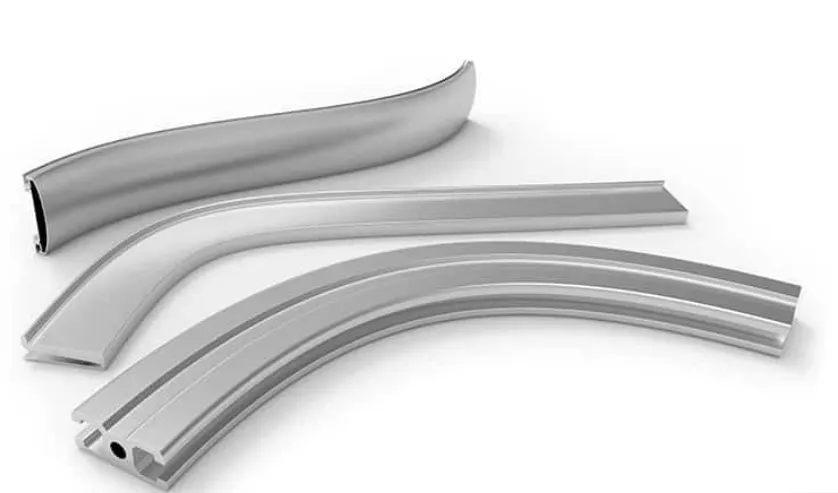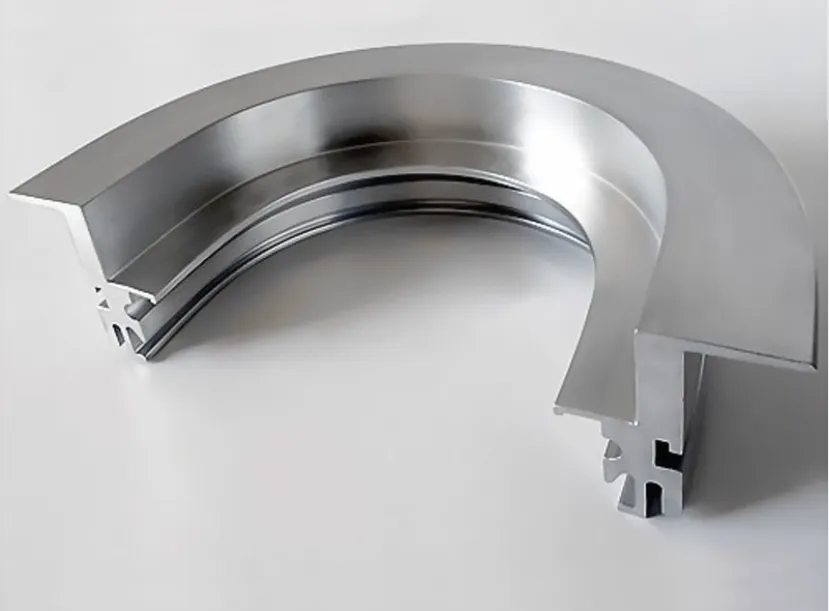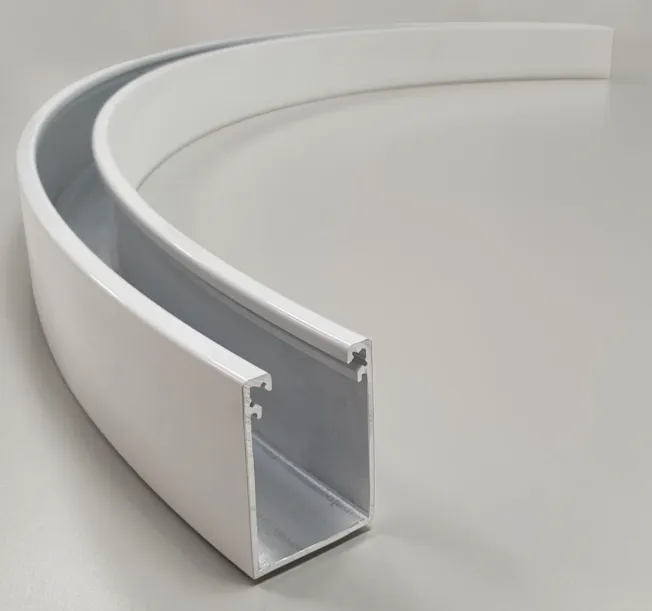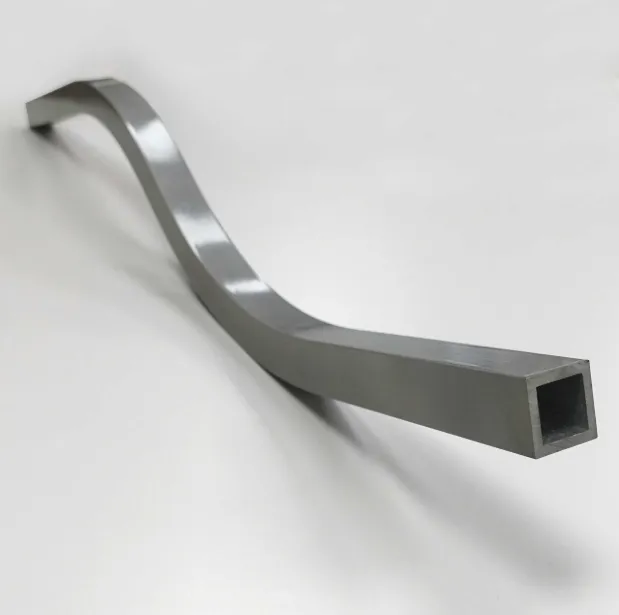Bending aluminum is a delicate balance between metallurgical precision and mechanical intuition, where the material’s crystalline structure dictates every decision from tool selection to bend radius. Unlike steel, aluminum’s face-centered cubic lattice makes it prone to springback—a phenomenon where the material attempts to return to its original shape after bending, often requiring overbending by 2°-15° depending on the alloy series. This becomes especially critical when working with aerospace-grade 7075-T6, where a mere 0.5% deviation in overbend angle can lead to microcracks along grain boundaries. The process begins with proper grain direction analysis; bending perpendicular to the grain (LT orientation) typically allows tighter radii but increases cracking risks in heat-treated tempers, while bending parallel to the grain (L orientation) sacrifices formability for structural integrity. Modern press brakes now incorporate real-time angle monitoring systems with 0.1° resolution, compensating for springback through closed-loop feedback from strain gauges embedded in the dies.
 Material thickness plays an equally pivotal role—the ubiquitous “rule of thumb” suggesting a minimum bend radius equal to the material thickness fails spectacularly with aluminum. For 5052-H32 sheets under 3mm, radii as tight as 0.3t are achievable, whereas 6061-T6 demands at least 1.5t to avoid intergranular fracture. This discrepancy stems from aluminum’s work-hardening characteristics; non-heat-treatable alloys like 3003 develop dislocation tangles that actually improve bendability after initial deformation, while precipitation-hardened alloys like 2024 experience localized softening in the heat-affected zone. Advanced shops now employ infrared thermography during bending to detect these thermal anomalies, adjusting ram speed dynamically to maintain temperatures below 150°C—the threshold where aluminum’s yield strength plummets by 30%.
Material thickness plays an equally pivotal role—the ubiquitous “rule of thumb” suggesting a minimum bend radius equal to the material thickness fails spectacularly with aluminum. For 5052-H32 sheets under 3mm, radii as tight as 0.3t are achievable, whereas 6061-T6 demands at least 1.5t to avoid intergranular fracture. This discrepancy stems from aluminum’s work-hardening characteristics; non-heat-treatable alloys like 3003 develop dislocation tangles that actually improve bendability after initial deformation, while precipitation-hardened alloys like 2024 experience localized softening in the heat-affected zone. Advanced shops now employ infrared thermography during bending to detect these thermal anomalies, adjusting ram speed dynamically to maintain temperatures below 150°C—the threshold where aluminum’s yield strength plummets by 30%.

The tooling itself has evolved into a science of surface engineering. Carbide inserts with 0.4μm Ra mirror finishes reduce galling in soft alloys, while proprietary diamond-like carbon (DLC) coatings prevent aluminum adhesion on punches during high-volume production. One aerospace supplier achieved a 400% tool life extension by cryogenically treating their dies to -190°C before coating, transforming retained austenite into martensite for superior wear resistance. Meanwhile, elastomer-backed urethane pads in rotary benders create unique advantages for complex geometries—their variable durometer (ranging from Shore 70A to 90D) allows single-step formation of multi-radius bends that would require five separate hits on conventional press brakes.

Perhaps most revolutionary is the emergence of AI-assisted bending for prototyping. Machine learning algorithms trained on 50,000+ bend cycles now predict springback with 98% accuracy by analyzing 37 variables—from ambient humidity to the mill’s original rolling direction. At a BMW supplier plant, this technology reduced aerospace bracket rework from 18% to 0.2% by dynamically adjusting crowning pressure based on real-time sheet resistance measurements. Yet for all this technology, master craftsmen still rely on the “ping test”—listening to the harmonic resonance of a freshly bent flange to detect subsurface defects no sensor can yet identify. This synergy of ancient wisdom and cutting-edge innovation defines modern aluminum bending, where a 5,000-ton servo-electric press and a technician’s calloused hands work in concert to tame this deceptively complex metal.





